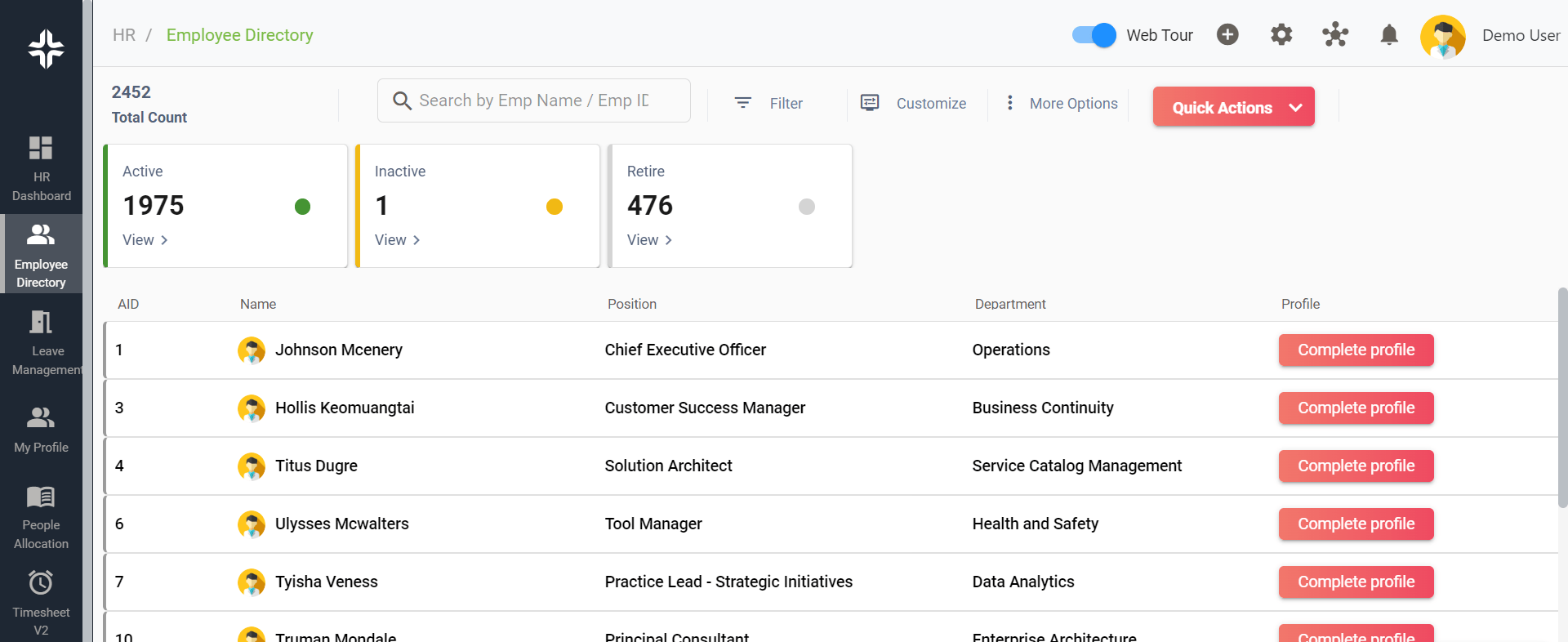Home » PSApedia
Employee Satisfaction Metrics
Boost Workplace Happiness by Measuring Employee Satisfaction with Metrics.

What is Employee Satisfaction Metrics?
Employee Satisfaction Metrics (ESM) are a set of quantitative and qualitative measures used to gauge the overall happiness, contentment, and commitment of employees within an organization.
These metrics are essential for understanding the well-being of employees and their engagement levels, which directly influence productivity, retention, and overall company success.
Importance of Employee Satisfaction Metrics
In the realm of Professional Service Automation (PSA), where processes are automated and streamlined, the human element remains crucial. Employee satisfaction can:
1. Boost Productivity: A satisfied employee is more likely to be productive and contribute positively.
2. Enhance Retention: High satisfaction levels reduce turnover rates, saving costs related to hiring and training.
3. Improve Client Relations: Satisfied employees often lead to satisfied clients, especially in service-based industries.

Importance of Employee Satisfaction Metrics
How to Calculate Employee Satisfaction Metrics?
Formula:
Once the survey is completed, the Employee Satisfaction Score (ESS) can be calculated as:
ESS = Total of all scores from all respondents/Maximum possible score × 1000
Where:
The total of all scores is the sum of scores given by all employees for all questions.
The maximum possible score is the highest score (e.g., 5 or 10) multiplied by the number of questions and then multiplied by the number of respondents.
Example
Let’s consider a simple example. Assume you have a small company with 10 employees, and you’ve decided on a survey with 3 questions rated on a scale from 1 to 5.
Do you enjoy your job role and responsibilities? (1-5)
Do you feel you’re compensated fairly? (1-5)
Do you think there’s a good work-life balance here? (1-5)
Let’s say after conducting the survey, you receive the following scores:
Total scores for Q1: 35
Total scores for Q2: 28
Total scores for Q3: 33
The total of all scores from all respondents is 35+28+33=96
The maximum possible score is 5(highest score)×3(number of questions)×10(number of respondents)=150Plug these values into the formula:
ESS=96/150×100=64%
This indicates a 64% satisfaction level among your employees based on the survey.
Difference Between Employee Satisfaction Metrics and Other Related Metrics
While Employee Satisfaction Metrics focus on the happiness and contentment of employees, other metrics like Employee Engagement Metrics focus on the commitment and passion employees have towards their roles and the organization. Another related metric is the Employee Net Promoter Score (eNPS), which measures the likelihood of employees recommending their workplace to others.
| Aspect | Employee Satisfaction Metrics | PSA Metrics | Other HR Metrics |
|---|---|---|---|
| Purpose | Measure employee contentment, engagement, and overall experience within the organization. | Monitor and improve operational and financial performance in service delivery. | Assess various facets of HR functions like recruitment, retention, and employee growth. |
| Common Metrics | Employee Net Promoter Score (eNPS), Satisfaction Surveys, Retention Rates. | Project Margin, Utilization Rate, Revenue Per Employee, Project Overrun. | Cost Per Hire, Time To Hire, Employee Growth Rate, Turnover Rate. |
| Impact on Operations | High employee satisfaction can lead to better service delivery, reduced turnover, and improved company culture. | Direct impact on profitability, efficiency, and client satisfaction in service delivery. | Various HR metrics help in improving the overall efficiency and effectiveness of HR functions which in turn can affect service delivery. |
| Automation in Measurement | Automation can help in gathering continuous feedback and analyzing employee satisfaction trends over time. | PSA software automates the tracking and analysis of operational metrics, enhancing real-time decision-making. | Automation can assist in tracking HR metrics efficiently, providing actionable insights for improvement. |
How Employee Satisfaction Metrics are Used?
ESM is used in various ways:
1. Strategic Planning: Helps in formulating strategies for HR and management.
2. Resource Allocation: Assists in resource management and allocation based on employee preferences and satisfaction levels.
3. Performance Reviews: Integrated into employee performance evaluations.
4. Improving Work Environment: Identifying areas of improvement in the workplace, be it in terms of project management tools or communication channels.
Ready to Optimize Your Employee Satisfaction Metrics?
KEBS, a leading PSA software, offers tools that can significantly enhance employee satisfaction. From timesheet management to ticket management, automation reduces mundane tasks, allowing employees to focus on core responsibilities.
Features like Gantt charts ensure everyone is on the same page, reducing misunderstandings.

KEBS Employee Directory
Ready to optimize your Employee Satisfaction Metrics? Contact us today or request a demo to see how KEBS can transform your organization’s approach to employee satisfaction.



